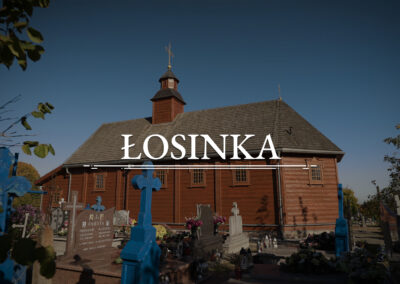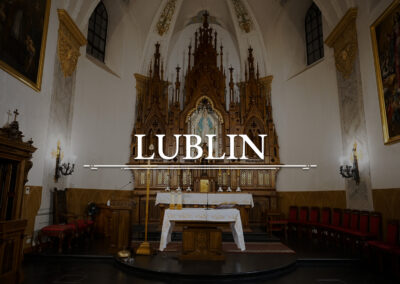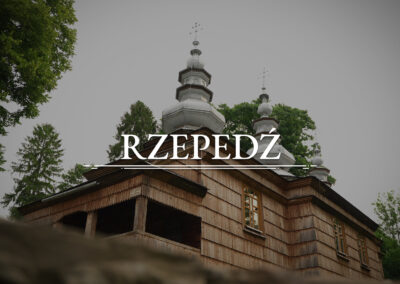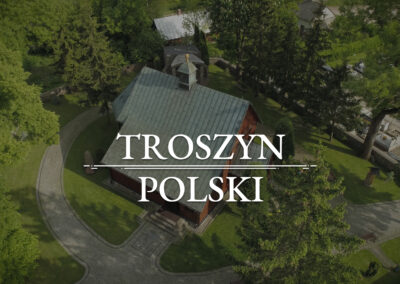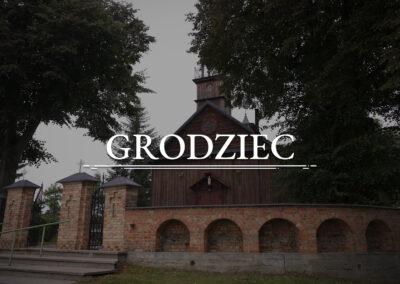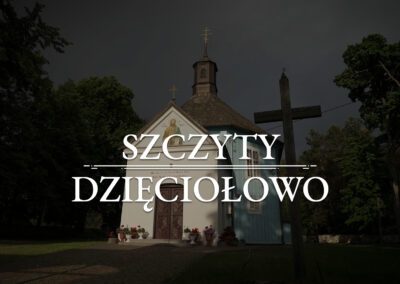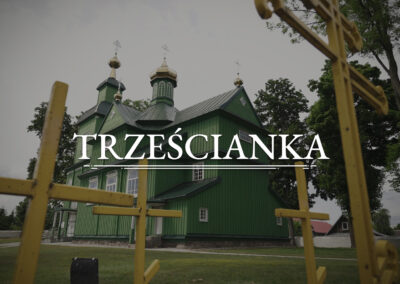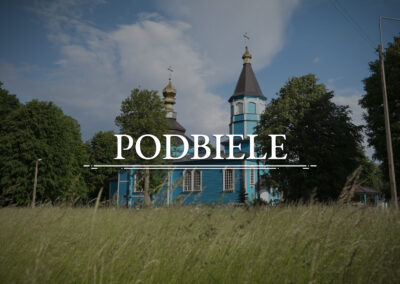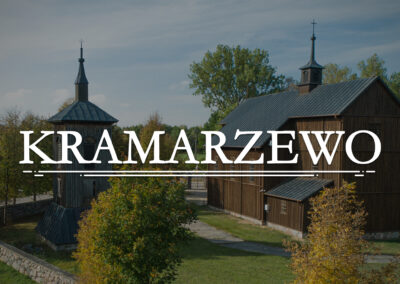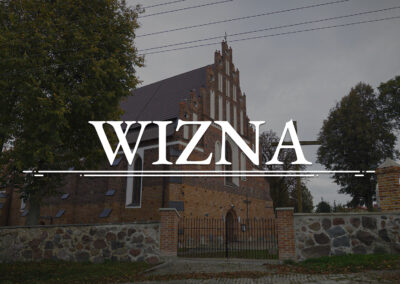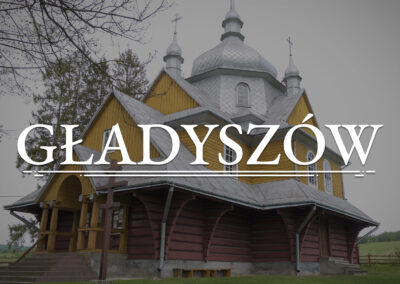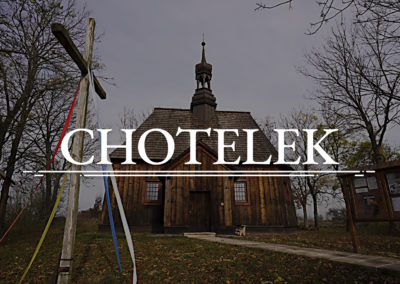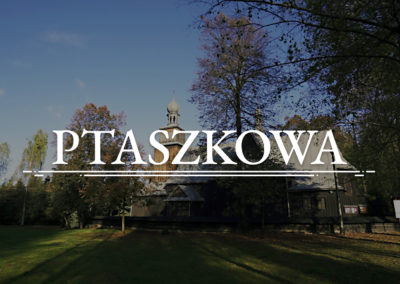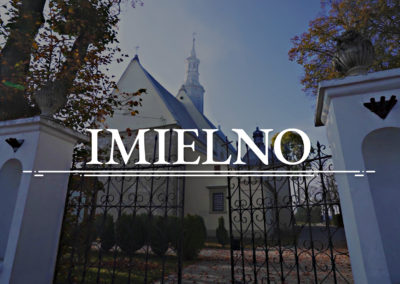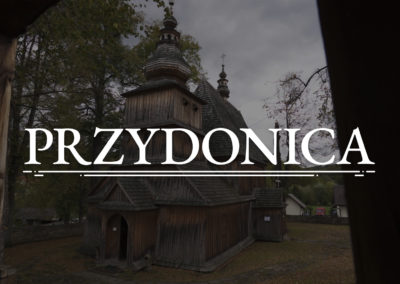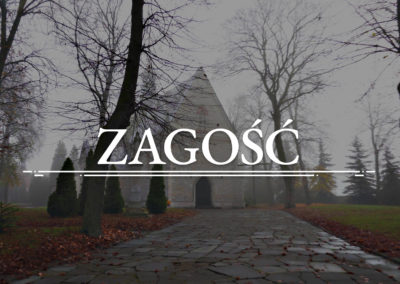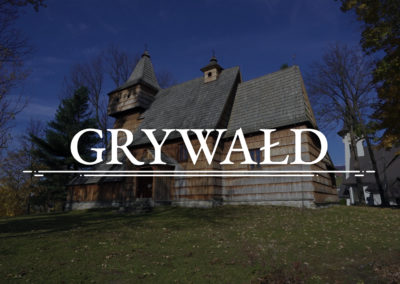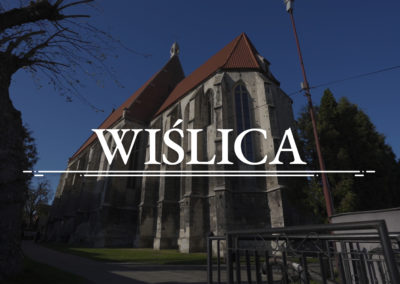BLIZNE - All Saints Church (UNESCO)
Church
IN BLIZNE
Its origins date back to the 14th century, when in 1366 King Casimir the Great founded the village. In the next century, a church will be built there, which (even though after refurbishments and repairs) has been hosting the faithful and pilgrims until today. According to the oldest records, it was built in the 14th or in the 15th century. The oldest notes concerning the existence of the parish in Blizne indicate 1470.
The church was built of edge hewn fir wood. It has a log structure, which was very popular back then. The entire structure was placed on a ground beam plank made of oak. The square-like nave is connected to the narrower presbytery and has two entrances: one from the west and the other from the south. The majority of the windows are located on the southern side because this allowed to use the daylight to a maximum extent. To this day, their beautiful late Gothic shape has been preserved. The church’s roof is interesting and characteristic. Its skeleton i.e. the truss was executed in a way which is called king post truss. The name is derived from a post suspended on truss beams or on a continuous ground beam plank, if there are more of them.
The first changes in the structure were made in the 16th century. A bell tower was added, which was also certainly used as a watch tower. In the 17th century, the surrounding land was often invaded by the Tatars. An interesting legend is connected with it: during one of such attacks, the inhabitants of the village were to have sheltered inside the church. Even though the Tatars were warded off, the assailants captured 60 people. However, the captured were lucky. They were freed and the assailants were to have been chased away by St Michael the Archangel himself. According to the legend, this happened on a nearby hill, where a chapel dedicated to St Michael still stands today.
In the 17th century, a small tower was added on the roof as well as soboty i.e. an arcade supported by posts and covered with a mono-pitched roof. As the years passed by, the main entrance was enlarged. In the 19th century, the refurbishment of the church changed its shape. The arcade was dismantled and the outside walls were covered with shingles. The sacristy was raised, a porch was also added, which covered the southern entrance.
Inside the church, it is worth paying attention to the polychromy. Its oldest fragments date back to 1549. Other fragments show different stages of repainting and changes in aesthetics in the years 1649 and 1700. Thanks to the work of conservators, in the years 2000-01 these treasures were saved from destruction.
What else is worth seeing? Certainly the main altar from 1700. It holds the painting of Adoration of Our Lady. One of the two Baroque side altars (both from the 17th century) kept the statue of the Madonna. It dates back to 1515-1520 and was executed according to a print of the world-famous master Albrecht Dűrer.
Other gems of the church include: a late Renaissance pulpit from 1604, a rood beam with a Passion Group executed in the Baroque style and a wooden baptismal font from the 18th century.
BLIZNE - All Saints Church (UNESCO)



